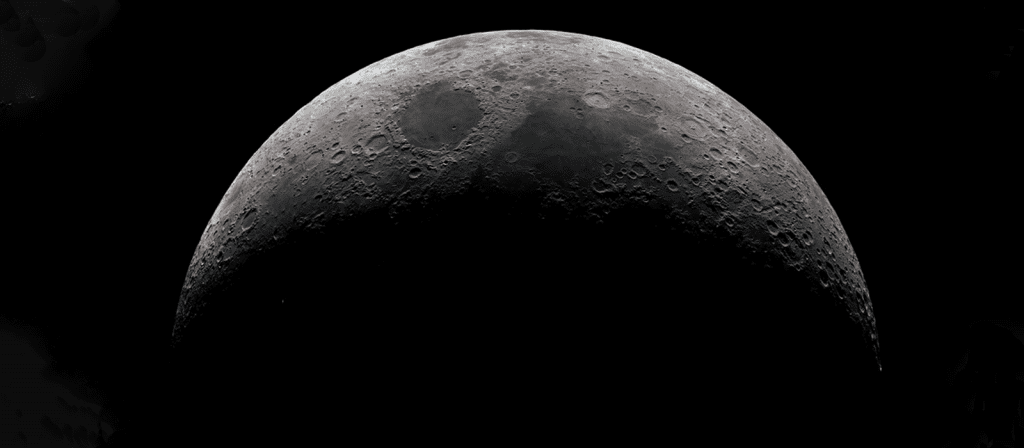 October saw the return of sports in full swing here in the U.S. with the NBA Finals being played early in the month, the NFL dealing with the challenges of a season during a pandemic, and the World Series completing a shortened MLB season.
October saw the return of sports in full swing here in the U.S. with the NBA Finals being played early in the month, the NFL dealing with the challenges of a season during a pandemic, and the World Series completing a shortened MLB season.
Analysts predict that sport will present the first opportunity for many people to interact with a 5G network, and more than 90 percent of the world’s leading operators had planned to trial 5G at a sporting venue. BT introduced their “Watch Together” campaign allowing multiple fans to watch the same event alongside feeds from their cameras for a shared experience through seeing other’s reactions. Meanwhile, NTT took on the fan experience of the Tour de France, providing new data insights, a more user-friendly interface, and virtual stadium to connect fans with similar interests.
Connecting fans to the event and each other is not the only way that IoT is forcing the sports world to adapt. PCCW Global took a look at how player development, player safety, and fan engagement may all change if the huge quantities of data collected can be processed into something meaningful.
New Opportunities
With IoT fast becoming an integral part of everyday life, PCCW Global examined the role IoT will play in manufacturing, Verizon announced its sixth 5G Innovation Hub at the University of Illinois Research Park to help develop and test 5G-enabled solutions, and Africa Wildlife Tracking is using ORBCOMM’s IoT technology to track conservation efforts around the world, leveraging solutions to track and monitor endangered wildlife.
Purdue University signed a cooperation agreement with the National Science Foundation to develop a prototype called Skill-XR to use augmented and virtual reality to help manufacturers keep pace with an increasing skills gap. A Telstra case study examined the pairing of Indigenous storytelling with augmented reality providing Indigital with an opportunity to preserve Indiginous language, laws, and customs.
CITIC Telecom CPC wondered if this “new normal” presents an unexpected opportunity for telehealth. Microsoft asked “What if we could predict epidemics like we predict the weather?” Through a network of robotic sensing platforms, Premonition plans to continuously monitor our environment to map and predict epidemics. ViaSatellite shared a doctor’s perspective on space-based healthcare, which may rely on satellite broadband connectivity, as Facebook confirmed the launch of an experimental satellite designed to test ways to improve it. Kacific’s Christian Patouraux noted that rural and remote communities are natural problem-solvers, and if you remove the barriers, these communities will innovate, work together, and thrive.
Industry Reports on Network Demand
Network demand continues to be impacted by the COVID-19 pandemic, and TeleGeography provided their update on the State of the Network. The PTC Webinar Series: Frictionless Business™ explored some of these studies in Network Evolution in the 2020s, including Digital Realty’s Data Gravity Index.
Ciena shared an interactive use case on how their Liquid Spectrum helps address ever-shifting network pressure by utilizing unused network margin. DE-CIX analyzed the traffic increases and new peaks at their exchanges. SpaceDC’s plans for JAK1 and JAK2 are especially timely in a world expediting toward digitalization.
Lumen asked whether we are in the midst of the Fourth Industrial Revolution where data is the currency, and shared their transformation principles, while Nokia forecasted that 5G will pump USD 8 trillion into the global economy. Gartner’s report examined how workload placement is changing infrastructure strategies.
STEM Education and Diversity
With the next generation in mind, the Space & Satellite Professionals International created its newest Better Satellite World video: Is There a Satellite Inside? The goal was to reach middle and senior high school students with a series of questions about the role satellites play in everyday life. TeleGeography wanted to see how much kids knew about submarine cables, and shared a video with their answers. Verizon is working to help students get the skills they need to adapt to remote learning through their STEM Activity Center.
ISE Magazine took a look at the latest stats on how many women work in the tech industry, while Verizon asked whether gender diversity provides an advantage to solving business challenges. By offering support for women in tech, Verizon also hopes to attract even more women to technology-based roles.
While outside the ICT and telecom sector, PTC was excited to see two women with Hawaii ties among the 2020 Nobel Prize winners: Hilo native Jennifer Doudna and W.M. Keck Observatory astronomer Andrea Ghez.
Looking to the Stars
As orbital debris mitigation becomes a hot topic, startup Kayhan Space hopes to develop a fully autonomous approach for satellite operators to help avoid potential collisions. NSR forecasts the 5G impact in the satellite ecosystem over the next decade, and ViaSatellite examines 10 ways AI is making a difference in the satellite industry. With dreams of the next generation of space exploration, NASA awarded Nokia with the contract to build a 4G cellular network on the moon.




